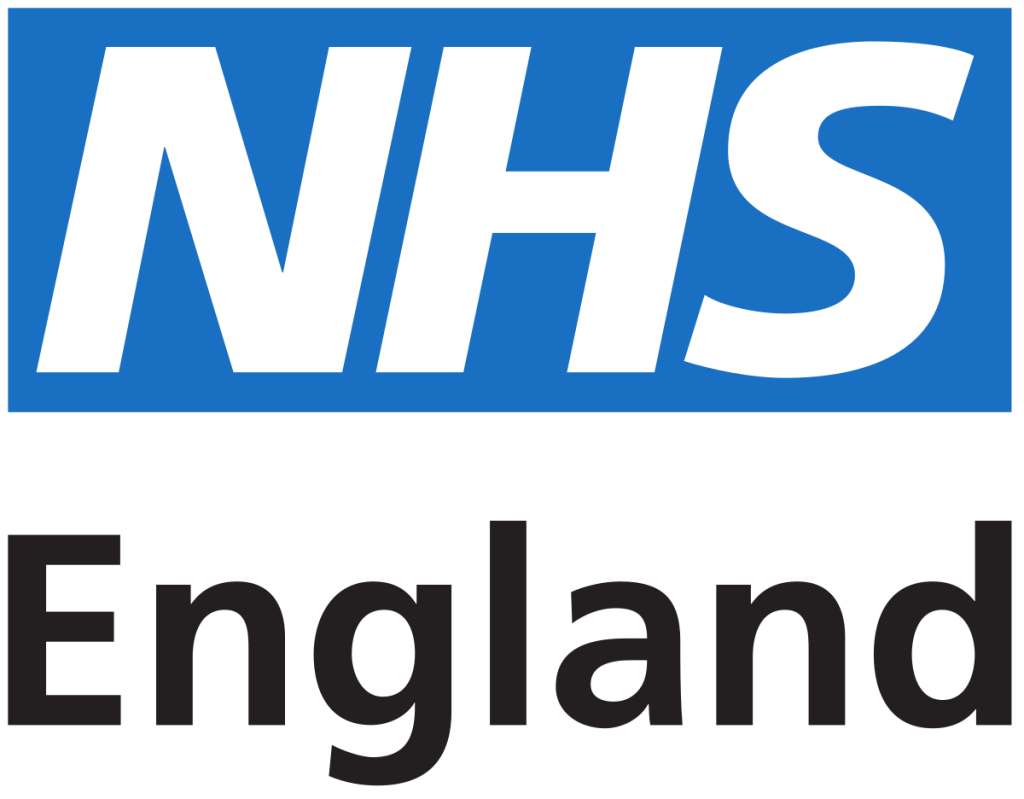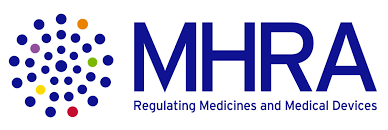The Scan4Safety is an initiative implemented in healthcare in the United Kingdom. Launched by the Department of Health and Social Care (DHSC) in 2016, this innovation aims to enhance patient safety, improve operational efficiency, and reduce costs within National Health Service (NHS) hospitals.
Scan4Safety is focused on end-to-end scanning of barcodes, contributing significantly to inventory management by improving supply chain visibility and enhancing patient safety through accurate point-of-care scanning and streamlining data entry processes and documentation.
Key objectives
Key components and objectives of the locally implemented Scan4Safety include:
Download the Scan4Safety promotional poster for your organisation
Overall, the Scan4Safety represents a significant step forward in modernising healthcare delivery. It leverages technology to improve patient outcomes, increase operational efficiency, and reduce costs, ultimately making healthcare more accessible and safer for patients in England and potentially serving as a model for similar initiatives worldwide.
The role of NHS England in promoting Scan4Safety
NHS England is promoting and overseeing the Scan4Safety program’s implementation across NHS Trusts.
We provide advice and guidance to NHS organisations interested in implementing the Scan4Safety initiative locally:
Providing Advice and Guidance: The team offers expert advice and guidance to healthcare organisations on how to implement the Scan4Safety effectively. This includes helping them understand the program’s principles, goals, and best practices.
Knowledge Sharing: Facilitating knowledge sharing and collaboration among healthcare organisations that have implemented or are considering implementing Scan4Safety. This sharing of experiences and best practices can accelerate the adoption of Scan4Safety.
Compliance and Regulatory Support: Helping healthcare organisations navigate compliance and regulatory requirements related to the use of barcode technology in healthcare by providing connections to the relevant regulators and other partners working on relevant initiatives.
Monitoring and Evaluation: NHS England can assist in setting up monitoring and evaluation mechanisms to assess the impact of Scan4Safety locally. This includes tracking benefits such as patient safety improvements, efficiency gains, and cost savings achieved through the program.
In summary, NHS England serves as a resource for NHS organisations by offering expertise, support, and guidance related to the Scan4Safety implementation process. Our efforts are aimed at ensuring that the benefits of Scan4Safety, such as improved patient safety and operational efficiency, are realised at the local level within healthcare facilities.
Scan4Safety and Outcomes Registry
The work surrounding Scan4Safety shares important links with other national programmes, including the Outcomes Registry work.
The Government’s Mandate to NHS England stipulates that by March 2024, all trusts should adopt barcode scanning of high-risk medical devices and submission to the national, mandatory Medical Device Outcome Registry which is a database designed to collect, store, and analyse data related to patient outcomes, treatments, and interventions. Its primary purpose is to monitor and evaluate the effectiveness of healthcare interventions and the quality of care.
The Outcomes Registry programme focuses on ensuring the collection of information related to high-risk medical procedures within clinical registries improving monitoring and improvement of patient outcomes.
Scan4Safety can support data input into registries. Scan4Safety helps ensure the correct procedures for patients at the appropriate time and offers an uncomplicated means of inputting this data into clinical registries. The collaborative effort in these two domains serves to minimise errors and enhance the effectiveness of data collection related to medical implants and subsequent patient outcomes. Together, the two programmes aim to provide a more comprehensive understanding of healthcare processes, interventions, and their effects on patient care.
Scan4Safety Partners
The Scan4Safety program in the United Kingdom involves partnerships and collaborations with various organisations to support its implementation and objectives. Some key partner organisations and stakeholders associated with Scan4Safety include:
These partner organisations collaborate to support the adoption of barcode technology and best practices in healthcare settings, with the overarching goal of improving patient safety, operational efficiency, and cost-effectiveness within the NHS.













